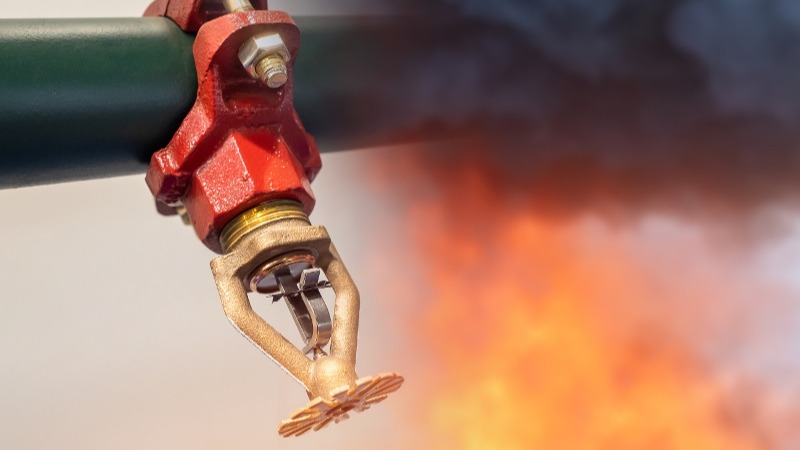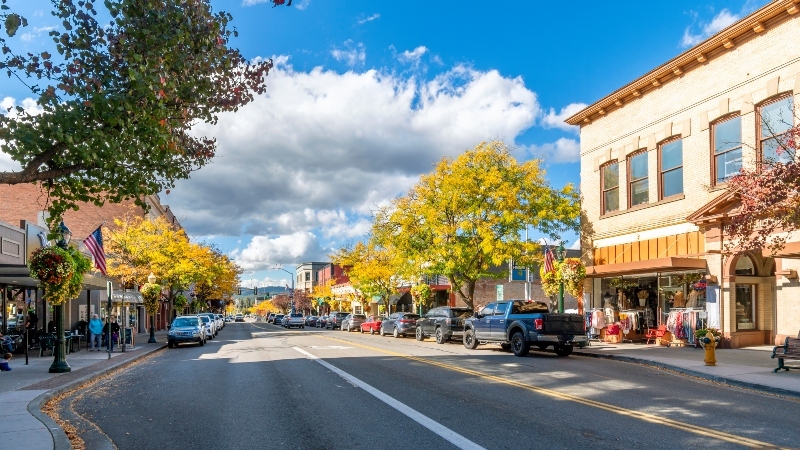Making the Switch: Vendor Transition Guide
Switching fire and security vendors feels risky. Even if your current provider isn't meeting your needs, the thought of transitioning systems and...
 |
Fire protection professionals committed to safeguarding lives, property, and peace of mind. |
 |
Solutions designed for your property type, from multi-family housing to healthcare facilities to retail spaces. |

|
Fire alarm, area of refuge, camera, and card access monitoring services. |
 |
Clear communication and instant response when every second counts. |
 |
From kitchens to server rooms, the right protection for every space. |
 |
Keep your primary defense system ready and reliable. |

|
Manage all your properties' access from one simple platform. |
 |
Monitor multiple properties in real time from anywhere, at any time. |

|
Document upcoming maintenance appointments and improve your proactive budget planning. |
 |
Fire Extinguisher Maintenance Checklist Learn the requirements for testing extinguishers monthly, annually, and beyond. |

|
Track all your inspection deadlines in one place. |
 |
Kitchen Hood Inspection Checklist Ensure your kitchen hoods are safe and compliant. Download a complete list of testing requirements. |

|
Guide to Fire & Security Monitoring Your complete property protection handbook in practical terms. |

|
Running a food truck takes work—this guide gives you the tools to keep it safe and up to code. |
 |
Comprehensive Guide to NFPA 13 and NFPA 25 Fire Sprinkler Systems Navigate sprinkler system requirements with confidence using our straightforward guide to codes and maintenance. |

|
Get your essential compliance guide. |
 |
When reliability matters across 18 restaurants, micromanagement doesn't. |

An automatic fire sprinkler system is designed to detect, contain and extinguish a fire in its early stages. Sprinklers are also quite useful at keeping a fire in check so it can save property and provide a safe means of access for occupants. But how exactly do they work?
First, it might be helpful to dispel some misconceptions about these life-saving systems that continue to persist.
Here are just a few false narratives:
None of the above misconceptions are actually true. Installing a fire sprinkler system doesn’t mean choosing water damage over fire damage or having sprinklers go off in the entire apartment complex every time someone burns a piece of toast. The functioning of sprinkler systems have more nuances than that.
Here's how they really work.
Automatic fire sprinkler heads have a heat-sensitive element that activates the sprinkler head. In most cases, this element is a glass bulb filled with a glycerin-based liquid that expands and bursts when the air around it reaches a certain temperature, typically between 135-165 degrees Fahrenheit in wet pipe and dry pipe systems. Other fire sprinkler heads have a soldered link element that melts when exposed to a certain temperature.
So, sprinklers are not actually activated by smoke they are actually activated by heat.Which is one of the elements of the fire triangle. But it’s easy to see why people think so. After all, heat is carried upward alongside the smoke from a fire.
Once the bulb shatters, the sprinkler head activates, letting pressurized water from the piping system flow out. Note that only the sprinkler head or sprinkler heads nearest the fire will activate, which means the extinguishing action is generally concentrated in the region of the flames.
Sprinkler systems include a network of piping filled with pressurized water. The water must be pressurized to allow it to spray outward in an arc, increasing the sprinkler's efficiency at suppressing fire and preventing it from re-igniting.
There’s some variance among the different types of fire sprinkler systems as to how they work and where the water is stored.
Wet pipe fire sprinkler heads have a relatively simple design as the water is constantly maintained within the sprinkler piping. For this reason, wet pipe systems have the fastest response time of any fire sprinkler systems. They are also easier to install, modify, and maintain. However, wet pipe sprinkler systems may not be ideal in regions where pipes are likely to freeze or in facilities where a leak could have devastating impacts.
In dry pipe systems, the pipes are filled with pressurized air or nitrogen while the water is kept back behind a valve on the base of the system. Once a fire is detected, pressure in the piping drops, the air or nitrogen escapes, and water flows through the piping and out onto the fire. These systems are great for use in areas where frozen pipes are a cause for concern.
As for pre-action sprinkler systems, water is held back using an electronic “pre-action” valve that can only be activated in the presence of both heat and smoke, at which point water flows into the piping.
A fire sprinkler system can activate, contain, and even extinguish a fire in far less time than it takes for the fire department to arrive on the scene. Every building or industrial facility is unique, requiring a personalized fire protection solution. Get in touch with Brothers Fire and Security to discuss sprinkler requirements or monitoring services.

Switching fire and security vendors feels risky. Even if your current provider isn't meeting your needs, the thought of transitioning systems and...

Your fire alarm shows a trouble signal. Last week's sprinkler inspection never happened, and despite three calls and multiple messages, your vendor...

Winter weather and holiday demands can make managing multi-location security a nightmare. Fall is your best window to upgrade security systems,...